BLANDTASTIC DESIGN? LOOK AROUND YOU.
 Monday, July 19, 2021 at 12:49PM
Monday, July 19, 2021 at 12:49PM Editor's Note: As we await the all-EV future, the designs of today continue to be less-than inspiring. For an industry that prides itself on design (and that certainly has the talent), the current vehicle offerings leave a lot to be desired. This week, The Autoextremist reprises his discussion of this sorry state of design affairs in the auto industry. -WG
By Peter M. DeLorenzo
Detroit. As longtime AE readers know, design is my favorite part of this business. There is nothing like being in one of the design studios and smelling the clay, seeing future vehicle explorations on wall after wall, and, of course, seeing advanced products up close and in the flesh.
The design function is one of the most creative parts of this business and, I would argue, probably its toughest. Designers inhabit a strange Twilight Zone where they’re touting upcoming product introductions with the media that they’ve been living with for four years or more, while at the same time they’re working on products that won’t be revealed for at least four (or five) years down the road.
It has been put forth many times that automotive design is a fashion business, and in many respects that is very true. In the 1950s, the great Italian design houses had tremendous influence on the automobile business. In fact, GM Styling legend Bill Mitchell would often park the latest Ferrari in the design courtyard at the GM Technical Center so his designers would be inspired. It often worked, too, because during Mitchell’s reign GM Styling burnished its reputation as creating some of the most influential mainstream – and successful – vehicle designs in the world, including the Corvette Sting Ray, Buick Riviera, Cadillac Eldorado, Oldsmobile Toronado, several Pontiac models and many, many more.
Design is still very much a fashion business, but like everything else, today is markedly different. There are design schools all over the world churning out gifted future designers who have been given the kind of depth and breadth of experience that in past eras was very hard to come by. To say that today’s young designers hit the ground running is an understatement. In fact, many are able to make meaningful contributions right from the start of their careers.
As in past eras, trends come and go, but it is amazing to see certain design “signatures” – whether they originated in Korea, China, Japan, Europe or the U.S. – sweep the business all over the world seemingly at the same time. Much of this can be attributed to the similar teaching methods and influences that young designers are exposed to coming up. The other reasons have to do with the fundamental parameters of the design package itself, meaning the specific drivetrain requirements, the passenger accommodations, the vehicle segment, etc., etc.
That all seems rational, right? I would agree that packaging dictates much of the look and feel of today’s vehicles, at least up to a point. But then again, how do you explain the look and feel – and the design sameness – of the vehicles below? What, do designers plug the parameters into a computer and out pops the basic shape and they go from there? Because that’s what it looks like to me.
I mean, really, how can designers stand behind this work and call it… good? I can just hear them now… “Ahem, given our Belchfire EV’s advanced powertrain and the passenger and cargo packaging requirements, we feel this ‘four-door coupe’ design presents the finest expression of our brand, blah-blah-blah…” Or something like that.
Ah yes, the “four-door coupe.” This is the design trend originating in Germany that emerged from a battle of one-upmanship between BMW and Mercedes-Benz. And in design terms: it sucks. There is no such thing as a “four-door coupe” of course, but thanks to those two German luxury manufacturers we’re all stuck with this design abomination until further notice.
So, take a look at the cars below – forgetting the price points – and revel in the relentless sameness and the blandtastic design executions.
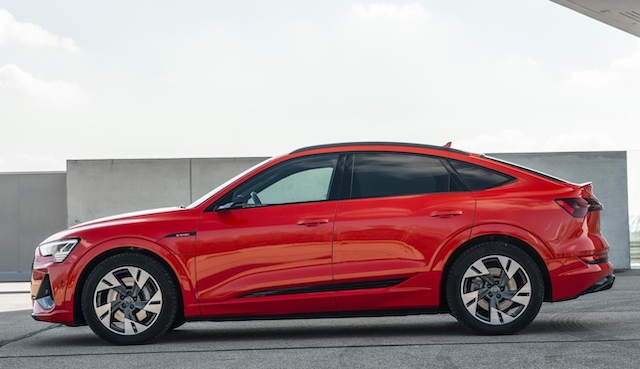
The Audi E-Tron Sportback: Searching for even a shred of visual interest? You won't find it here.
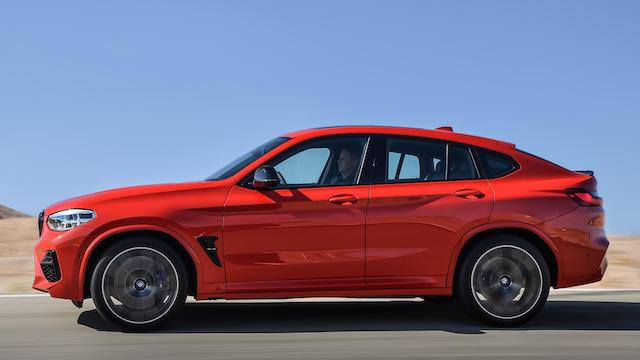
BMW was one of the co-conspirators – along with Mercedes-Benz – of the “four-door coupe.” This is the X4 M. Even if you squint it doesn't inspire... much of anything.
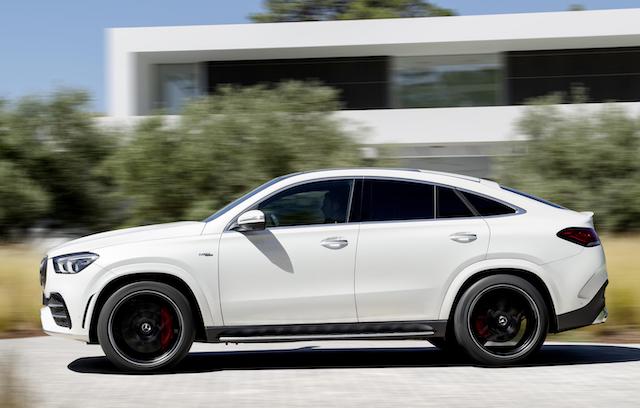
The Mercedes-AMG GLE 53 Coupe: Just because it has a giant three-pointed star plastered on the front doesn’t make it good.
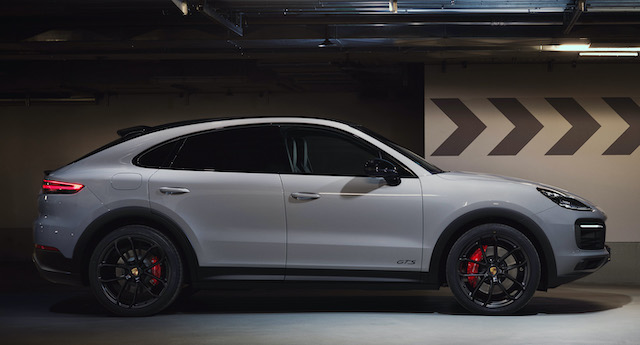
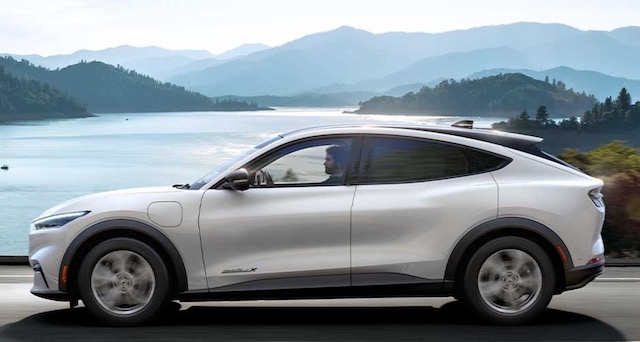
The Ford Mustang Mach-E: No, it hasn't grown on me one bit. Not a shred of originality in sight, and it looks even more uninspiring on the road. “A Mustang for the Next Generation!” according to Ford. To that we say, UGH.
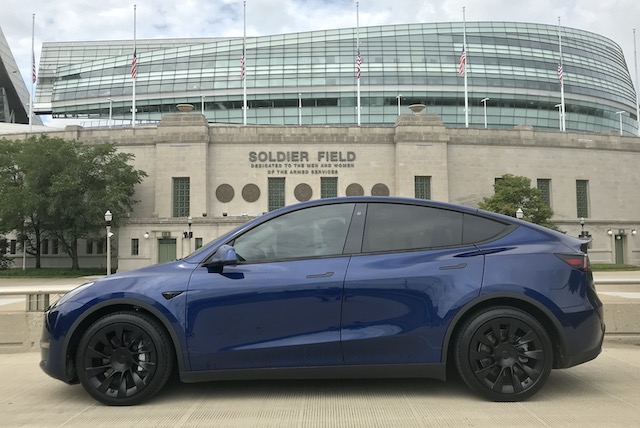
Where is this all going? Nowhere good, apparently. The various design houses around the world have to shake off this relentless tedium and get back to the inspirational creativity of designing compelling automobiles. Because if they persist on this current path they might as well just turn in their pens and acquiesce to being replaced by computers. At least then we can rage at the machines instead of lamenting the fact that the design craft just ain’t what it used to be.
And that’s the High-Kilowatt Truth for this week.




